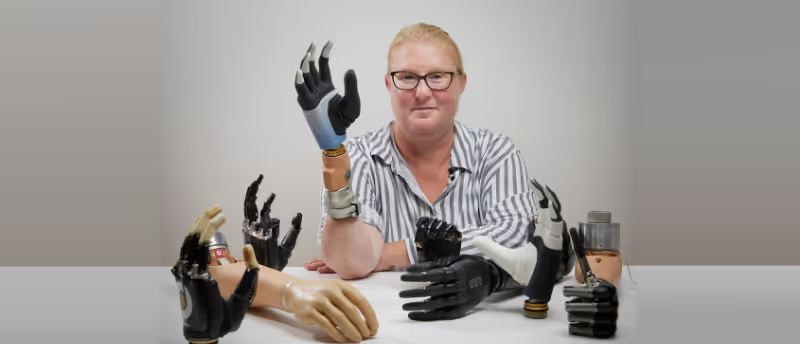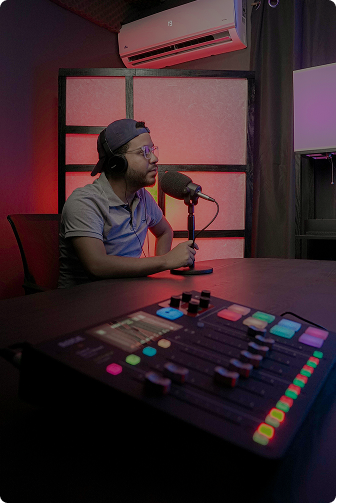The revolutionary bionic hand
The revolutionary bionic hand

The Language of Genomes
An interdisciplinary team of researchers has developed a human–machine interface that improves the prosthetic connection to the residual limb, making it more comfortable and reliably effective. Prosthetic attachment and control are two of the biggest challenges in artificial limb replacement, causing many individuals to reject even the most sophisticated prostheses. In order to remedy these challenges, a collaborative effort led by Max Ortiz Catalan (Bionics Institute, Melbourne, Australia and the Center for Bionics and Pain Research, Mölndal, Sweden) set out to develop an advanced human–machine interface.
Expert Insight on the Future of Healthcare
with world-renowned experts
Sign up to read Future Medicine exclusive content
Already a member? Login to view
Whats are best thing we can offer you
Whats are best thing we can offer you
.png)
.png)
.png)


